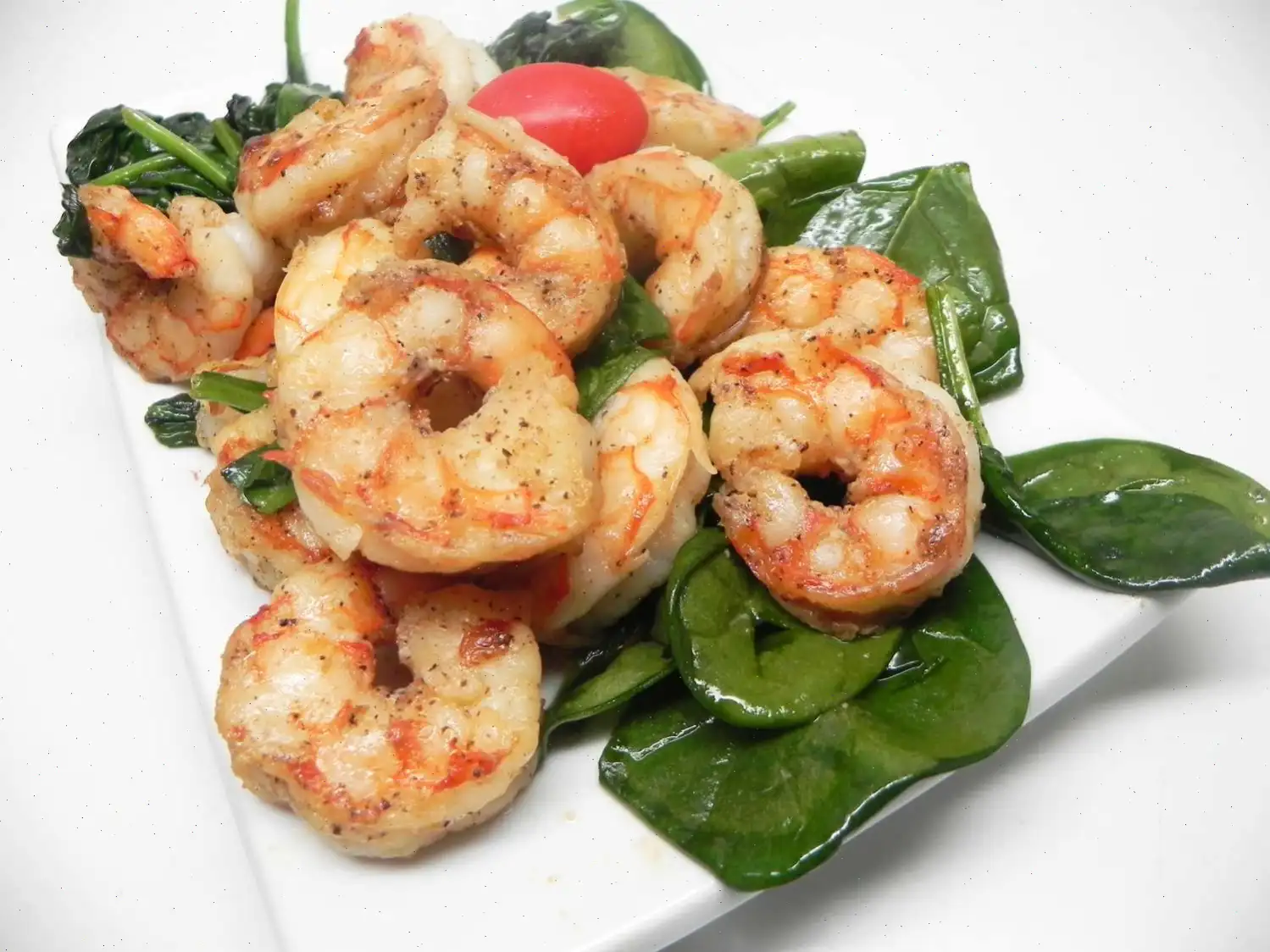
Adobong Pusit (Squid Adobo) Recipe
Squid in Tomato and Soy Sauce
Ingredients
- 2 pounds squid, cleaned
- cup white vinegar
- cup water
- Salt and ground black pepper, to taste
- 2 tablespoons olive oil
- 1 small onion, minced
- 2 cloves garlic, minced
- 1 tomato, chopped
- 1 tablespoon soy sauce
Directions
- In a small pot, combine squid, vinegar, and water. Season with salt and pepper, then bring to a simmer over medium heat. Cook for 10 minutes.
- While the squid is simmering, heat olive oil in a separate saucepan over medium heat. Add the minced onion and garlic, cooking and stirring for 5-7 minutes until softened.
- Add the chopped tomato and soy sauce to the saucepan with the onion and garlic. Stir well to combine.
- Pour the simmered squid mixture into the tomato mixture. Bring to a simmer and cook for an additional 20 minutes, allowing the flavors to meld together.
Nutrition Facts (per serving)
| Amount per serving | Percentage of Daily Value* |
|---|---|
| Calories | 198 |
| Total Fat | 7g |
| Saturated Fat | 1g |
| Sodium | 215mg |
| Total Carbohydrate | 3g |
| Dietary Fiber | 1g |
| Total Sugars | 1g |
| Protein | 28g |
| Vitamin C | 5mg |
| Calcium | 86mg |
| Iron | 3mg |
| Potassium | 103mg |
* Percent Daily Values are based on a 2,000 calorie diet. Your daily values may be higher or lower depending on your calorie needs.

Origin and History
Adobong Pusit, or Squid Adobo, is a Filipino dish that embodies the rich culinary heritage of the Philippines. The adobo method itself has been a staple in Filipino kitchens for centuries, believed to have been influenced by Spanish colonization. However, the Filipino adobo evolved to incorporate local ingredients and flavors, making it distinctively different from its Spanish counterparts. The adobong pusit variation uses squid as the primary protein, which is simmered in a flavorful mixture of vinegar, soy sauce, garlic, onion, and tomatoes. This dish showcases the Filipino knack for creating flavorful meals using simple, accessible ingredients.
Regional Variations
While adobo is popular throughout the Philippines, different regions have developed their own takes on the dish. In coastal areas where seafood is abundant, adobong pusit is particularly common. The use of squid or other seafood in adobo reflects the Filipino love for seafood, which is often incorporated into everyday meals. Some regions might add coconut milk or spices like bay leaves, and certain versions use more acidic vinegar to enhance the dish's tanginess. Despite these variations, the core ingredients and the adobo technique remain consistent across the country.
How it Differs from Other Adobo Dishes
Adobong Pusit stands out from other adobo dishes mainly due to the choice of protein: squid. Traditional adobo typically uses chicken, pork, or beef, with the meat being braised in a savory marinade of soy sauce, vinegar, and spices. The key difference in adobong pusit is the delicacy of squid, which cooks much faster than other meats and requires careful attention to avoid overcooking. The squid imparts a slightly sweet, briny flavor that blends beautifully with the tangy adobo sauce, resulting in a unique seafood twist on the classic Filipino adobo.
Where Adobong Pusit is Typically Served
Adobong pusit is commonly served as a main dish in Filipino households, especially during family gatherings or celebrations. It pairs wonderfully with steamed rice, which helps balance the dish's bold and tangy flavors. In coastal regions, its often a go-to dish in seafood restaurants, where fresh squid is plentiful. Whether served as part of a casual dinner or at festive occasions, adobong pusit is a beloved Filipino dish that is cherished for its simplicity and depth of flavor.
Fun Facts
- Squid is not only delicious but also a highly nutritious food, rich in protein and low in fat, making it a healthy option for seafood lovers.
- The word "adobo" comes from the Spanish term "adobar," meaning "to marinate," which refers to the cooking method of marinating meat or seafood in a mixture of vinegar, soy sauce, and spices.
- Adobong pusit is one of the many variations of adobo in Filipino cuisine, showcasing the flexibility of the dish to incorporate various proteins, from pork and chicken to seafood.
- Squid ink is sometimes used in other Filipino dishes, adding depth and richness, though its not a common ingredient in adobong pusit.
FAQ about Adobong Pusit (Squid Adobo) Recipe
Comments
Laura Torres
12/16/2022 03:12:32 AM
I will definitely be making this recipe again, it's truly delicious for squid.
Jessica Wright
08/17/2023 06:03:51 AM
The recipe turned out as expected, however, both of us did not enjoy it. We are fans of octopus and squid, so it seems the sauce was not to our liking.
Jessica Nguyen
07/12/2024 02:54:45 AM
Absolutely scrumptious Filipino cuisine! Can't wait to try more dishes!








